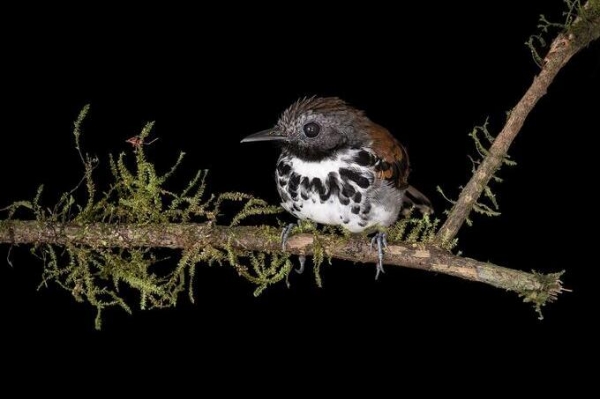Changing precipitation patterns in the Neotropics, one of Earth’s most biodiverse regions, could threaten two-thirds of the area’s bird species by the year 2100 if climate change goes unchecked, according to new research led by the University of Illinois Urbana-Champaign and George Mason University. This would represent a dramatic loss, as the region is home to 30% of all bird species globally.
But Jeff Brawn, co-lead author of the Global Change Biology study, says birds are only part of the picture.
“Compared to a more optimistic future precipitation scenario, we predict the ‘business-as-usual’ scenario will be potentially catastrophic for resident forest birds in the Neotropics. But really, we’re just using birds as an illustration in this study. We will likely see similar threats for mammals, reptiles, amphibians, arthropods, fungi, and plants. And the implications for agriculture are not insignificant either,” said Brawn, professor emeritus in the Department of Natural Resources and Environmental Sciences in the College of Agricultural, Consumer and Environmental Sciences at Illinois.
Read more at: University of Illinois Urbana-Champaign
Spotted antbird. (Photo Credit: John Whitelaw)
Sci/Tech Top Stories Climate Wildlife

